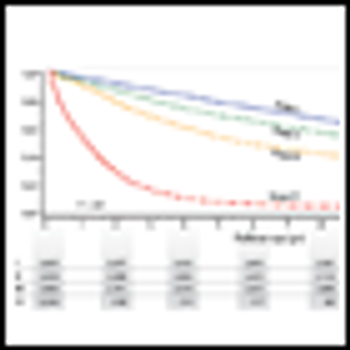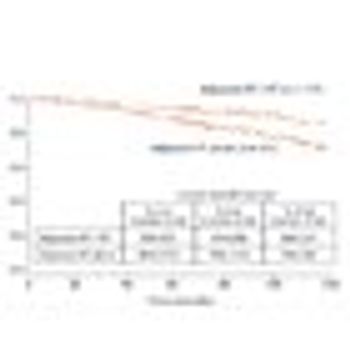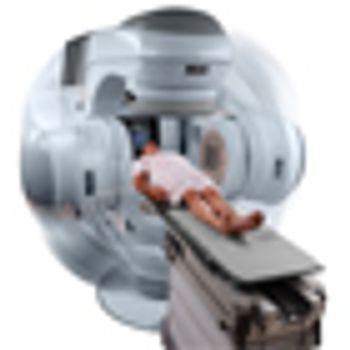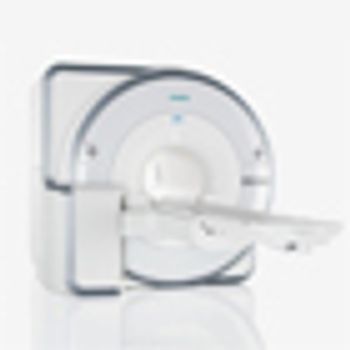
Once a patient has been appropriately educated by an informed healthcare provider about the possible benefits of PSA screening, then patient preference as part of shared decision making regarding PSA screening should be considered in all cases.

Your AI-Trained Oncology Knowledge Connection!


Once a patient has been appropriately educated by an informed healthcare provider about the possible benefits of PSA screening, then patient preference as part of shared decision making regarding PSA screening should be considered in all cases.

It may be appropriate to offer prostate cancer screening to carefully selected men with a previous history of colorectal cancer. However, the risks and benefits of establishing the diagnosis in this setting need to be considered and discussed with them.

Not all patients with colorectal cancer are candidates for such screening, however, as a remaining life expectancy of at least 10 years is generally required in order for PSA screening to yield a significant mortality benefit.

Men aged 75 and older generally do not benefit from annual PSA screening, but a new study shows that Medicare spending on PSA screening for this population continues.

The anti-RANKL antibody denosumab is more effective for preventing bone metastasis in men with high-risk castration-resistant prostate cancer compared with low-risk disease, according to results of a new study.

Abiraterone acetate in combination with prednisone delays pain progression as well as health-related quality of life compared with prednisone alone in prostate cancer patients, a new study shows.

In a phase III trial, ipilimumab increased the overall survival of men with advanced castration-resistant prostate cancer when used with a single dose of radiotherapy by 1.2 months, but the results were not statistically significant.

Researchers have now identified a 3-gene signature that could indicate whether a particular early-stage prostate cancer is indolent. The test relies on a tissue sample, a PSA test, and a histology assessment.

Shift work is positively associated with higher levels of prostate-specific antigen (PSA) levels in men between the ages of 40 and 65, according to results of a new study.

Prostate tumors may not readily evolve from low to high grade, according to a new study. The results have important clinical implications for patients and clinicians when choosing active surveillance or treatment.

The long-term follow-up of the Prostate Cancer Prevention Trial confirms that finasteride reduces the risk of low-grade prostate cancer by one-third, but there were no significant survival differences between the two study arms.

Both Internet and print-based decision aids equally helped men make important decisions related to prostate cancer screening, but did not affect actual screening rates.

The ALSYMPCA phase III clinical trial, recently published, demonstrated that radium-223 dichloride was well-tolerated and resulted in an improvement in overall survival by 3.6 months compared with placebo.

Researchers have identified pathways that are important for prostate cancer growth after the tumor becomes resistant to androgen therapies.

A large and prospective study shows that a high concentration of omega-3 fatty acids is linked to a higher risk of aggressive prostate cancer.

We need to understand each patient’s cancer and its microenvironment well enough to develop targeted treatments that will kill the tumor the first time-for if we let it escape, 70 years of prostate cancer research teaches us that our job will only get harder.

Although high-level evidence is lacking, the existing literature indicates that select men with lymph node–positive prostate cancer benefit from local therapy.

Unfortunately, although agents in the pipeline each extend life, none are curative. Therefore, physicians who investigate and treat mCRPC have two paths they can follow to further improve outcomes.

Node-positive prostate cancer without distant metastases (T any, N+, M0) currently is encountered rarely, primarily because of the shift to diagnosis at earlier stages, a result of widespread PSA testing.

In this review, we focus on the testosterone/androgen receptor pathway that is being targeted with potent new agents; we also discuss other important alternative biologic pathways that have given rise to new therapeutics that may attenuate prostate cancer growth, survival, and propagation.

The “experts” should maintain a stringent standard regarding what merits further development and reconsider carefully and critically the available data before committing to PARP inhibition, attacks on the PI3K pathway, and vasoactive agents in prostate cancer.

Current evidence for the management of lymph node–positive prostate cancer suggests both a disease-control and survival benefit to systemic ADT plus surgery and radiation.

From 2004 to 2009, use of advanced treatment technologies increased among prostate cancer patients with low-risk disease and high risk of noncancer mortality.

A new imaging approach, combining PET with magnetic resonance (MR), was shown to be more sensitive in detecting recurrent prostate cancer compared with PET/CT.

In a new study presented at the Endocrine Society’s annual meeting, researchers using animal models show that early BPA exposure increases prostate cancer risk.